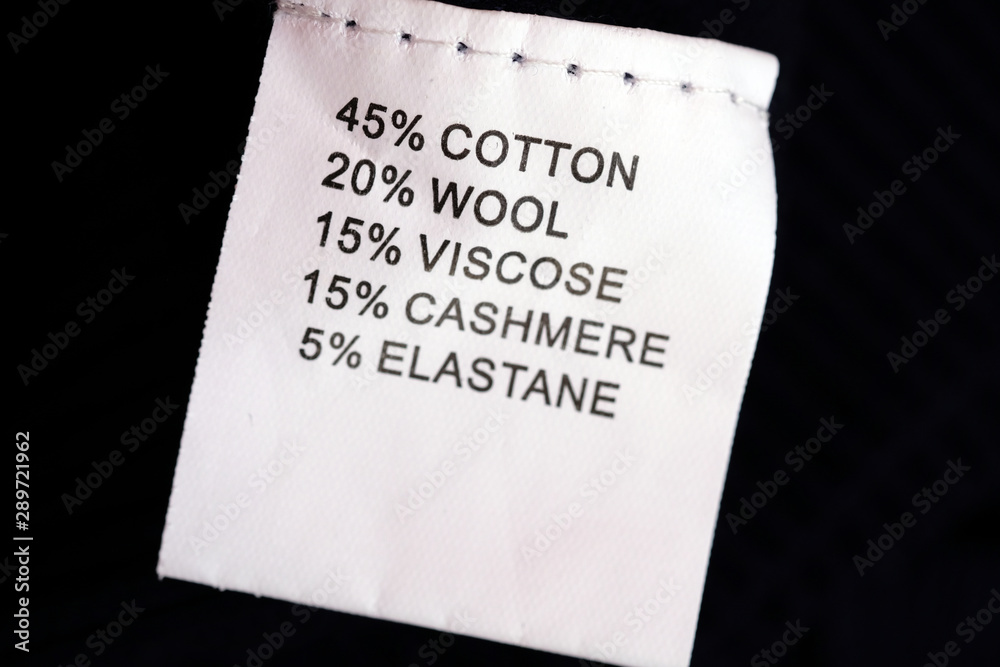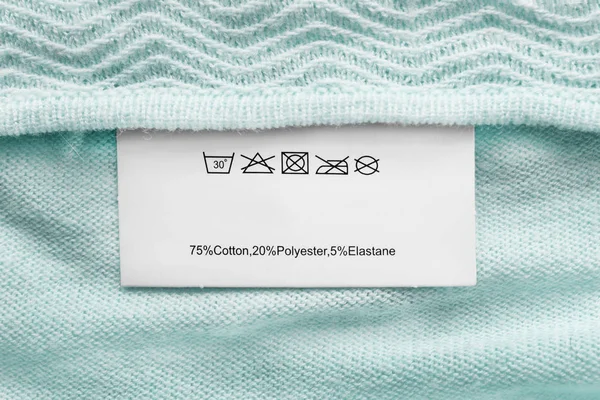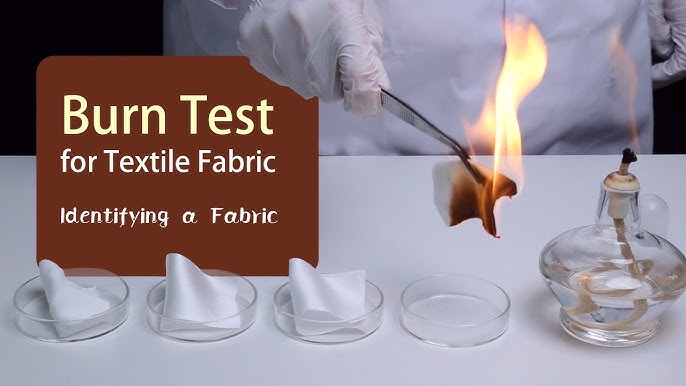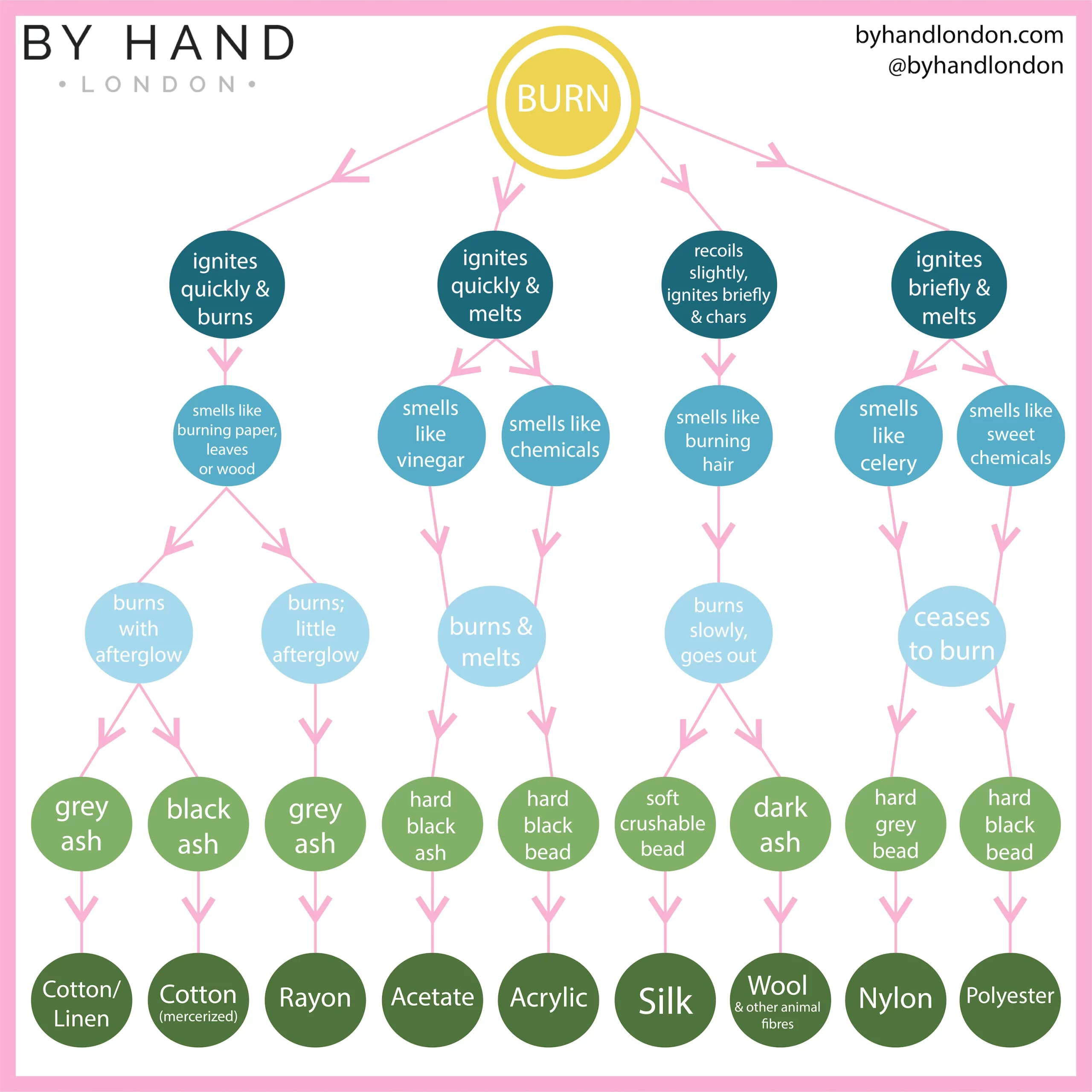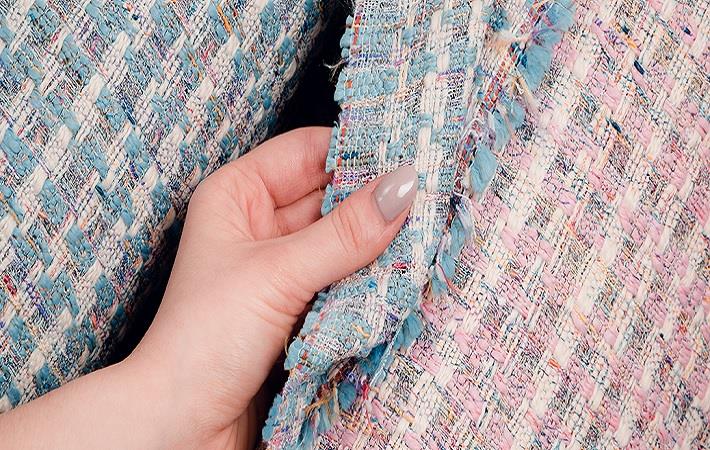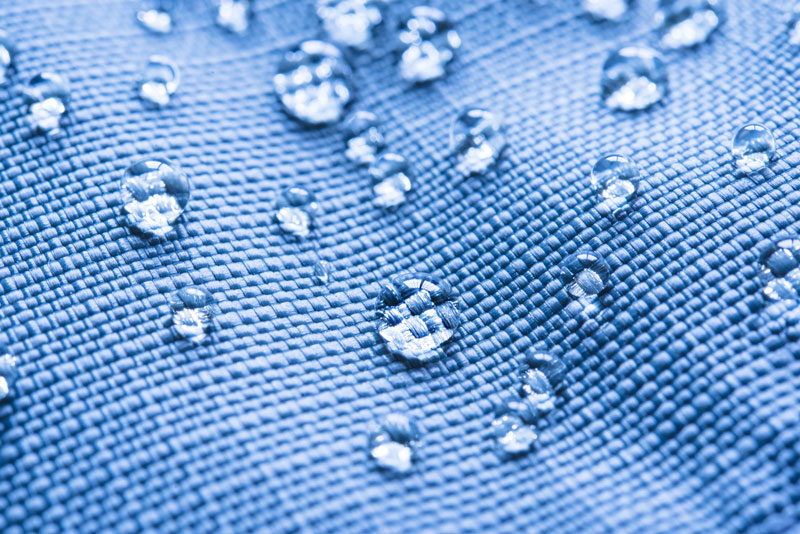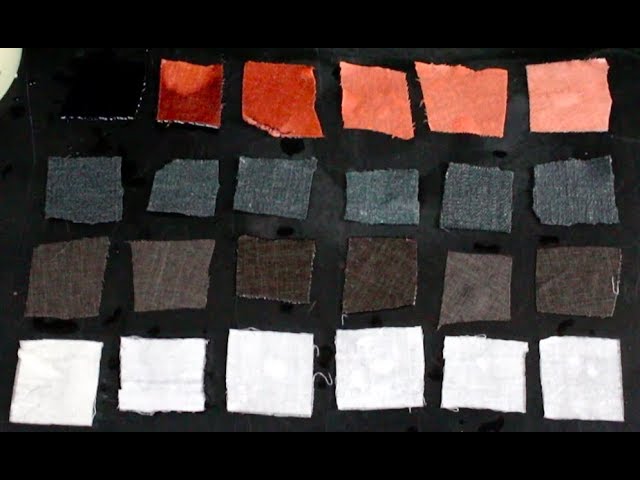Different fabrics have different qualities and traits. In the same way, different materials may have been used to make one product better or more cost-effective. But how do you tell the difference between these different fabrics that are in your clothing or other textiles?
In today’s topic, we’ll be diving deep into the world of fabrics and exploring the essential skill of checking fabric composition. Let’s get started right away!
Fabric Composition
Simply put, fabric composition refers to the materials used to make a fabric. This can include natural fibers like cotton, wool, and silk, or synthetic fibers such as polyester, nylon, and spandex. Blends, on the other hand, combine different fibers to enhance the fabric’s properties.
Recently, some textile and clothing companies that sell their goods on the market haven’t standardized the names and contents of fabric components. This has given dishonest business people a chance to take advantage of customers and scam them.
To help people correctly identify the main real parts of clothing fabrics, we will talk about some simple identification methods that people can use when they are shopping for clothes.
Fabric Composition Methods
Method 1: Reading the Label
Reading the label is a straightforward but effective tool for learning about fabric composition. Officially, clothing companies have to tell customers about the materials they use in their goods. You can usually find this information on a small tag that is attached to the garment. It is the key to solving the riddle of the fabric composition.
You can use the label as a short guide to learn about the main fibers that make up the fabric. Even though it might seem obvious, the information on the label needs to be decoded because makers often use standard abbreviations in their work.
Some of the letters that might be on the label are “CO” for cotton, “WO” for wool, “PA” for polyester, “SP” for spandex, “NY” for nylon, and “SILK” for silk. These abbreviations are a quick way to say what fiber is most common in the fabric. Keep in mind that blends may have multiple abbreviations, reflecting the combination of fibers used.
You can learn about the fabric composition and important information about how to care for and maintain the garment by reading the label. Watch out for signs or directions that tell you how to take extra care of the fabric, like washing it by hand, dry cleaning it, or not using certain detergents on it.
Many people find this method useful when they want to quickly and accurately find out about an outfit without having to use more complicated methods. It is the best way for busy shoppers to get the information they need to make smart clothes choices.
Also, anyone can use the label reading method; you don’t need any special skills or tools. This is a great place to start for people who are new to fabrics and want to learn more. You can become a smarter consumer by regularly reading and figuring out labels. This will help you eventually build a mental catalog of different fabric compositions.
Method 2: The Burn Test
If you’ve ever wanted to be a fabric detective, the burn test is a fun way to break down the secrets of fabric composition by seeing how different fibers react to heat. By using this easy-to-use method, you can tell the difference between natural and artificial fibers, which can tell you a lot about the composition of the fabric.
A small piece of the fabric, tweezers, a fireproof surface, and care are all you’ll need to do the burn test. Make sure the test is done in a room with good airflow, and remember to keep safety in mind at all times.
Pick up a small piece of fabric with the tweezers to begin. Then, bring the fabric close to a flame while being careful. Watch how the fabric reacts as it burns and write down what the flame, smoke, and residue look like.
During the burn test, natural fibers like cotton, wool, and silk behave in different ways. One thing that will burn steadily is cotton, which will turn into a clean, gray smoke. Wool usually turns into a dark, hard ash that smells like hair on fire. Silk burns slowly and smells like hair on fire. It leaves behind a black, crumbly mess.
On the other hand, synthetic strands act in different ways. A hard, black bead is often made when polyester melts and burns with a sizzling sound. Nylon melts and curls away from the flame. It gives off a sweet, chemical smell and leaves behind a hard, bead-like film. Remember that blends, which are made of both natural and man-made fibers, may show a mix of these responses.
Even though the burn test works, you should always be careful, especially when working with open fires. Also, this method might not work for fabrics that have been treated with certain chemicals or with finishes that make them fire-resistant.
Quick and easy, the burn test is a great way to learn about the composition of a fabric. This makes it useful for people who like to do their projects, look for treasures at thrift stores, or just want to know more about the things they wear or work with. As you learn more about the unique properties of different fibers, the burn test becomes an easier and easier way to learn more about fabrics.
Method 3: The Feel Test
The feel test is a practical and natural way to solve the fabric composition challenge for people who would rather work with their hands. You can tell the composition of the fabric by using your sense of touch to compare the textures and properties of different fibers.
For the feel test, all you have to do is run your fingers over the fabric’s surface and notice how smooth, soft and textured it is. With practice and training, you can tell the difference between the different fibers by the way they feel.
Cotton and other natural fibers feel soft, airy, and good against the skin. When it comes to feeling, wool is warm and a little rough, while silk is smooth and luxurious. But manmade fibers like polyester might feel smoother, shinier, and maybe even cooler to the touch. The feel of nylon can be slippery and smooth, while the feel of spandex often makes the fabric feel smooth and stretchy.
The feel test is especially helpful for blends, which are made by combining different fibers to make the fabric better. You might notice a mix of textures in these situations, and with practice, you can learn to tell which fibers are which.
The feel test is a useful additional method, especially when combined with other methods like reading the label or doing the burn test, even though it cannot provide total certainty about the fabric composition. It’s a great way to quickly judge things while researching materials or trying on clothes.
The feel test is an important skill to have if you like to sew, craft, or do home tasks. When choosing materials for a project, you can make more careful and deliberate choices when you know how different fabrics feel. The feel test also adds a personal and sensory element to exploring fabrics, which makes it a fun and interesting way for people who are interested in fabrics.
Method 4: The Water Test
The water test is an easy and informative way to find natural fibers. This method takes advantage of the special qualities of materials when they are wet to give information about the composition of a fabric.
You will need a dropper or a source of water and a small piece of fabric to do the water test. Start by putting a few drops of water on the fabric and watching what happens. Natural fibers, such as cotton, linen, and rayon, absorb water readily, making the fabric feel damp to the touch.
Synthetic fabrics, on the other hand, like polyester and nylon, don’t let water stick to them, so droplets stick to the surface. This lack of attraction to water is a key sign of a synthetic composition. Note that the water test might not work as well for fabrics that are a mix of natural and man-made fibers, since the outcomes depend on the amount of each.
When working with unlabeled items or when you are unsure of the composition of the fabric, the water test is especially helpful. To use this quick and easy method, you can do it right there while shopping for fabrics or trying on clothes.
It’s important to remember, though, that the water test isn’t always accurate. It might not work well with fabrics that have been treated with finishes that keep water out or that have soaked up water from the environment. When this happens, using more than one test, like reading the label or the burn test, along with the water test can help you learn more about the fabric.
Method 5: The Bleach Test
This method includes putting a small piece of fabric into a weak bleach solution and watching to see if the color changes. This helps identify certain materials.
You will need a small piece of cloth and a container for the bleach solution to do the bleach test. Make sure the bleach is safe for the fabric you are trying by diluting it according to the directions on the container. Soak the cloth sample in the bleach solution for a short time, usually 15 to 30 minutes. Then, rinse it off and look for changes.
Some natural fibers, like cotton, flax, and rayon, might change color when they are bleached. A lot of the time, cotton turns a little yellow, linen turns brown, and rayon turns off-white. Synthetic fibers, like polyester and nylon, have a different reaction to bleach. They usually stay the same color after bleaching.
When doing the bleach test, you need to be very careful because some fabrics may get damaged or change color easily. Before you go any further, check the cloth’s color fastness and make sure the fabric can handle bleach. The results of this test may also not be accurate for blends because they depend on the mix of fibers that are used.
The bleach test is very helpful when working with fabrics whose make-up you don’t know or clothes that don’t have labels on them. Bleach should be used carefully, though, because it could be dangerous if it gets into the eyes.
When is it important to know a fabric’s fiber composition?
When sourcing fabric
Before you start looking for fabric, you should know what kind of fibers are used in a certain cloth. If you can tell your fabric seller what kind of fibers are in the fabric you want, they will be able to get a better match.
When you want to double-check the composition of the fabric you ordered
You need to get what you paid for. Even though we think everyone is telling the truth, you never know. You also want your customers to get what they paid for.
A fabric’s fiber composition is essential for labeling
When you bring fabrics or clothes into or out of a country, the taxes on those goods depend a lot on the type of fiber used. Also, all finished goods must have a sticker that says what kind of fibers they are in most countries.
If you have any questions or additional tips on checking fabric composition, feel free to share them in the comments below. If you found this video helpful, don’t forget to give it a thumbs up, subscribe, and hit that notification bell to stay updated on our latest content. Until next time, stay curious and stay stylish.
